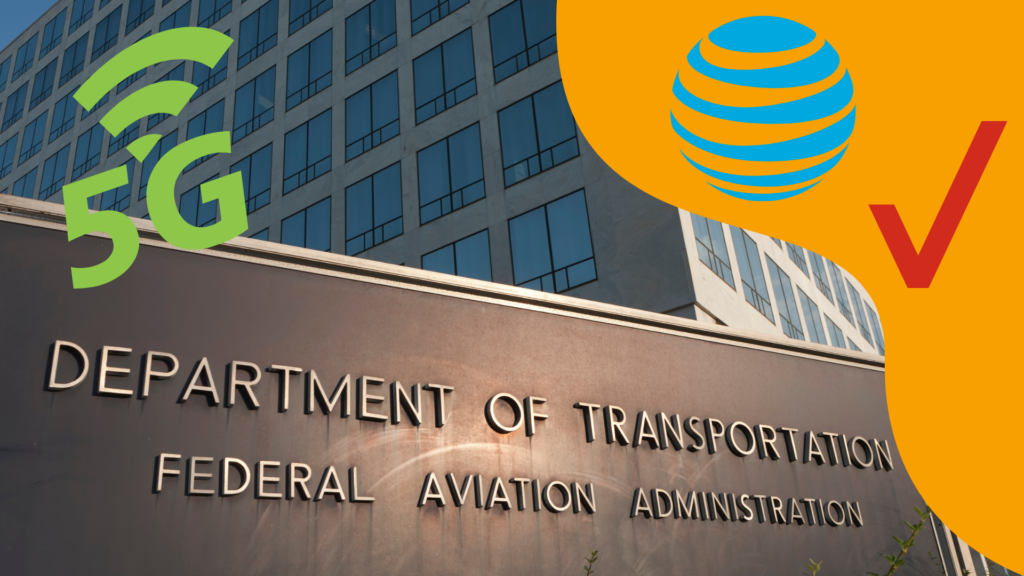
January 5th is fast approaching. This is the date in which carriers, AT&T and Verizon, were instructed to delay 5G rollout on the C-Band spectrum. If you’re not already aware, this is because of possible interference on these frequencies with aircraft safety tools.
U.S. Transportation Secretary Pete Buttigieg and Federal Aviation Administration chief Steve Dickson sent out a request to delay 5G rollout, again, this time for another 2 weeks. This request was sent to the CEOs from AT&T and Verizon, who have responded in a joint letter as of yesterday.
“Commercial C-band service would begin as planned in January with certain exceptions around priority airports,” states the request.
The request comes two days after the trade group Airlines for America (A4A) asked the Federal Communications Commission (FCC) to stop the wireless industry from turning on C-band spectrum for commercial deployment on January 5. The airline group has said it may go to court today if the FCC does not act.
Per the FAA, they need the additional two weeks to “identify the priority airports.” The FAA also needs the extra time to approve certain high-performing radio altimeters to operate at those airports.
“This will allow for 5G C-band to deploy around these priority airports on a rolling basis, such that C-Band planned locations will be activated by the end of March 2022, barring unforeseen technical challenges or new safety concerns,” said the request.
The previous delay request was to limit coverage around airports for at least 6 months. The carriers agreed to this, but in their response, denied any broader limitation on using C-Band spectrum. They said the Transportation Department proposal would be “an irresponsible abdication of the operating control required to deploy world-class and globally competitive communications networks.”
AT&T and Verizon also proposed a new exclusion zone in their response. The exclusion zone is currently in use in France, the carriers said, “with slight adaption” reflecting “modest technical differences in how C-band is being deployed.” Per FAA officials, France uses spectrum for 5G that sits further away from spectrum used for radio altimeters and uses lower power levels for 5G than those authorized in the United States.
“The laws of physics are the same in the United States and France,” the CEOs wrote. “If U.S. airlines are permitted to operate flights every day in France, then the same operating conditions should allow them to do so in the United States.”
Verizon states they will only use spectrum in the same range as used in France, but they plan to use additional spectrum in the coming years. The larger U.S. exclusion zone around U.S. airports is “to make up for the slight difference in power levels between the two nations,” Verizon added.
Regarding the new exclusion zones, government and industry officials say it is not as large as what the FAA had suggested earlier.
The FAA and Buttigieg on Friday proposed identifying priority airports “where a buffer zone would permit aviation operations to continue safely while the FAA completes its assessments of the interference potential.”
An FCC spokesperson said Sunday the agency is “optimistic that by working together we can both advance the wireless economy and ensure aviation safety.”
Wireless industry group CTIA said 5G is safe and spectrum is being used in about 40 other countries.


